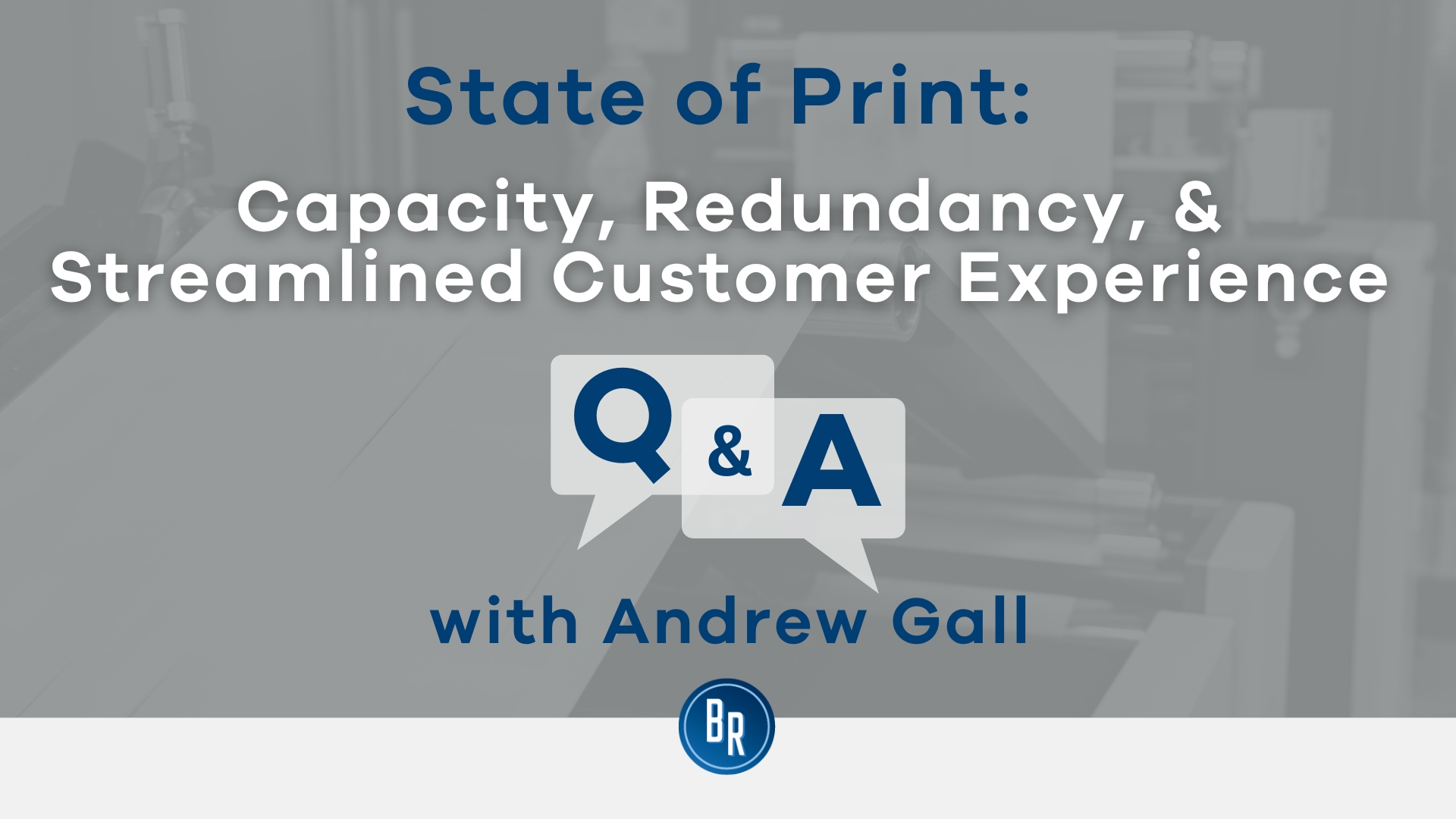Your Rights to Redundancy If Company Goes Bust: UK Employee Protections
Your Rights to Redundancy If Company Goes Bust: UK Employee Protections
Blog Article
Exploring the Interaction Between Business Redundancy and Organizational Versatility for Future Growth
In the vibrant landscape of today's business world, the elaborate partnership in between company redundancy and organizational versatility arises as an essential aspect for continual growth and success. Business usually face the challenge of striking a delicate balance between maintaining a level of redundancy to minimize risks and fostering adaptability to respond swiftly to the ever-evolving market demands.
Significance of Business Redundancy
Business redundancy is a critical element that enhances business resilience and mitigates functional threats. By including redundancy actions within the business framework, companies can better withstand unexpected disruptions and fluctuations in the company environment. Redundancy offers as a calculated barrier, enabling companies to adapt and react successfully to unforeseen difficulties without compromising essential operations.
One key facet of the relevance of business redundancy is its function in ensuring connection throughout times of crisis. When faced with sudden adjustments or emergency situations, redundant systems, sources, or workers can step in to keep vital functions and protect against prevalent disruptions. This connection not only safeguards the firm's reputation and consumer count on but also decreases financial losses and functional downtime.

Techniques for Organizational Adaptability

Developing adaptable organizational structures that permit for fast modifications to market dynamics and customer demands is vital for remaining competitive in a rapidly evolving setting. By proactively determining prospective disruptions and possibilities, companies can proactively grow and adapt in an ever-changing business landscape.
Harmonizing Redundancy and Versatility
Achieving an unified balance between functional redundancy and organizational flexibility is vital in navigating the intricacies of a dynamic organization atmosphere. Redundancy within a company supplies a safeguard, guaranteeing continuity and stability in procedures. Nevertheless, an excess of redundancy can cause inefficiencies and impede adaptability to altering market conditions. On the other hand, business adaptability permits firms to respond without delay to outside disturbances and seize brand-new opportunities. Striking the ideal equilibrium between redundancy and versatility is a fragile process that needs a deep understanding of the company's goals, market characteristics, and risk tolerance.
To accomplish this equilibrium, business need to carry out routine evaluations of their operations to determine areas where redundancy is required for risk mitigation and where adaptability can drive innovation and development. Applying adaptable frameworks, cultivating a society of constant knowing and enhancement, and encouraging open communication throughout all degrees of the organization are essential techniques to harmonize redundancy and flexibility properly. By lining up these two crucial elements, firms can place themselves for sustainable growth and success in an ever-changing organization landscape.
Study on Adaptation Success
In examining circumstances of successful organizational adjustment, it ends up being evident that the interaction between operational redundancy and flexibility is a defining factor in forming resilient organizations. One engaging study is that of Netflix. At first a DVD rental service, Netflix showed remarkable flexibility by transitioning into a streaming system when digitalization interrupted the industry. By strategically purchasing innovation and you can try here web content development, Netflix not only made it through but prospered in a rapidly developing market. Another standout example is Amazon. Beginning as an on the internet bookstore, Amazon constantly adjusted its business design, expanding right into varied sectors such as cloud computing and expert system. This adaptability allowed Amazon to remain in advance of competitors and satisfy changing consumer needs. Lastly, Adobe offers a significant illustration of successful adjustment. The firm shifted from offering software program licenses to a subscription-based model, making sure reoccuring revenue streams and improved consumer involvement. These case research studies highlight the value of operational redundancy coupled with organizational versatility in cultivating lasting development and competitiveness.
Structure Durability for Future Growth
Building resilience for future development calls for a critical placement of functional processes with market dynamics and arising fads. Business need to adapt to changing settings by cultivating a society of versatility, innovation, and continuous renovation. Strength includes not only recuperating from obstacles however also proactively preparing for future obstacles. One crucial aspect of structure durability is investing in durable danger management strategies to minimize prospective disruptions. This consists of scenario preparation, branching out supply chains, and developing backup prepare for numerous contingencies (who pays redundancy money).
Additionally, fostering solid relationships with stakeholders, such as customers, staff members, suppliers, and the neighborhood, is important for weathering unpredictabilities and maintaining count on and assistance throughout rough times. Reliable communication and transparency play an essential role image source in building strength, as they help assist in and straighten expectations partnership in browsing unpredictabilities.
Furthermore, organizations need to focus on understanding and development efforts to upskill workers and outfit them with the necessary devices to adjust to changing situations. By purchasing their labor you could try this out force, firms can enhance their adaptability and dexterity, ultimately reinforcing their resilience for lasting future development.
Verdict

In the dynamic landscape of today's service world, the elaborate partnership between business redundancy and business adaptability emerges as a critical element for continual development and success. Companies typically encounter the challenge of striking a delicate equilibrium in between maintaining a level of redundancy to alleviate threats and fostering adaptability to respond quickly to the ever-evolving market needs.To achieve this balance, companies need to perform regular evaluations of their procedures to recognize locations where redundancy is necessary for risk mitigation and where versatility can drive advancement and development.In verdict, the interaction in between firm redundancy and organizational adaptability is important for future growth. Structure durability with a mix of redundancy and versatility will certainly make sure that firms are prepared for the obstacles of the future.
Report this page